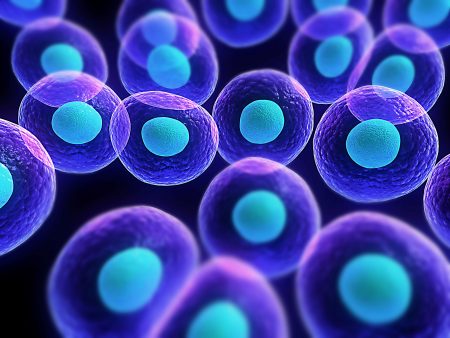July 8, 2018 – Bioprinting tissue is literally a growth industry. In 3D-printing laboratories across the globe researchers are making human skin, retinas, blood vessels, bronchi, heart valves, and other vital body parts. As bioprinting companies and university laboratories announce the capability of the technology to build organs we are moving quickly towards a point in time when transplanted body parts may become a thing of the past.
We are not there yet but we are at a point where we are getting the details right, printing tissue with blood vessels as small as capillaries, creating microvascular scaffolds where human tissue can grow and survive. This is no easy task since tissue on its own without an adequate blood, oxygen and nutrient supply cannot survive for very long. No more than 30 minutes states Melanie Matheu, CEO, and co-founder of Prellis Biologics, a San Francisco-based bioprinting company.
Prellis has perfected holographic 3D printing with a resolution that is microscopic in size, as small as 0.5 microns (capillaries are 5 to 10 microns in diameter). And the company can do it at speeds up to 1,000 times faster than previous high-resolution bioprinting efforts. States Matheu, “our ultimate goal is to print the entire vascular system of a kidney in 12 hours or less.”
Another American bioprinting company, United Therapeutics, a company that develops and sells drugs to treat lung diseases, is perfecting a technique to print lungs in “unlimited quantities.” In a June 28, 2018 article appearing in the MIT Technology Review, Antonio Regalado writes about his recent visit to the company’s Manchester, New Hampshire facility, where he was given the opportunity to hold the upper part of a human airway including trachea and two bronchi. The structure had been 3D printed and represents the company’s first step in manufacturing an entire lung “including all 23 descending branches of the airway, the gas-exchanging alveoli, and a delicate network of capillaries.” How close is the company to its ultimate goal? Martine Rothblatt, CEO, predicts that fully-bioprinted lungs will be on the market by 2030.
Meanwhile, at Northwestern University, researchers are printing mini bile ducts using bioinks consisting of cells and growth factors. As published in the science journal Biofabrication, last month in a paper entitled, “Tailoring nanostructure and bioactivity of 3D-printable hydrogels with self-assemble peptides amphiphile (PA) for promoting bile duct formation,” the researchers hope to use these printed bile ducts to better understand the biochemistry and functional tubular structures of the human liver, and in addition to create a living laboratory for modeling liver diseases including cancer, and finally as a testbed for new drugs and liver treatment protocols.
There are several key technology hurdles to overcome in turning the promise described above into a biomedical reality in the next decade.
The first is miniaturization, developing scaffolds and bioinks that can print complex structures a mere few microns in size. With Prellis it appears we are well on the way to accomplishing this.
The second is improving our understanding of the detail in human body parts down to the sub-cellular level. If we cannot master how all of these intricate components play a part in the vitality of human tissue, then we will not be able to produce a liver that will function as well as the one our body has grown for us.
The third is ensuring that our technology doesn’t come with unintended consequences. Bioprinted organs will revolutionize our management of many diseases. Imagine by mid-century, every organ in our body, even parts of our brain if not the whole brain will be something this technology will be able to reproduce.









